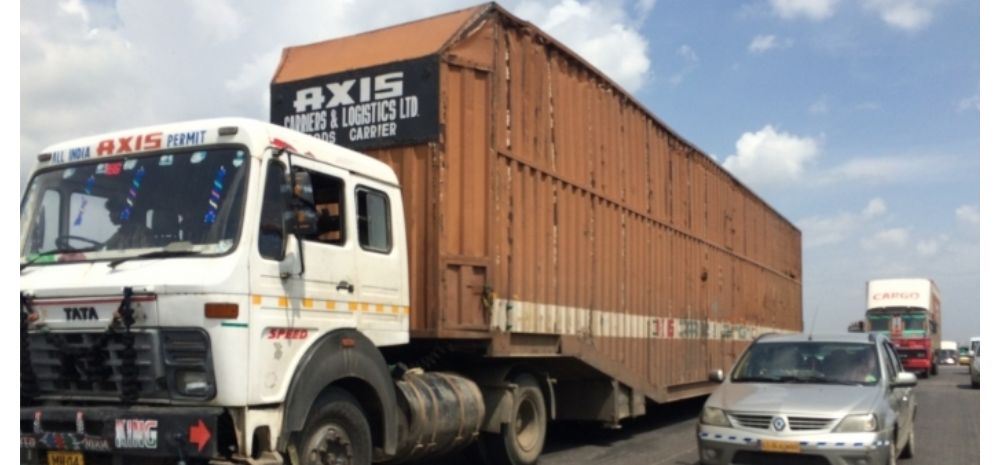Find Out How Technology Is Turbocharging Logistics & Supply Chain Across India (And Empowering Startups, SMEs)
This is a Guest Blog by Mr. Prasad Sreeram (Founder and CEO), COGOS Technologies
Given the growth over the last couple of years, the logistics sector has had a lot of catching up to do with growing demands due to the boom of e-commerce and sectors that heavily depend on the supply chain. According to various reports, an increase in demand in the logistics sector, which currently is at $250 billion, is likely to grow India’s logistics sector by 10-12 percent CAGR.

Contents
Due Development in the Logistics Industry
Logistics companies are facing an era of unprecedented change as digitisation takes hold and customer expectations evolve. Newer technologies are enabling greater efficiency and more collaborative operating models, they’re re-shaping the marketplace in ways that are only just becoming apparent.
Higher investment in technologies and adoption of digitised supply chains has reduced manual interventions, improved operational efficiencies and provides data driven insights to the changing customer needs. This has resulted in tangible benefits both for the customer and service providers.
Tackling the Change
Technology is changing every aspect of how logistics companies operate. ‘Digital Fitness’ will be a prerequisite for success: the winners will be those who understand how to exploit a whole range of new technologies, from data analytics to automation and platform solutions. Those who don’t, risk obsolescence. With so many technologies competing for management attention and investment, defining a clear digital strategy that’s integrated into business strategy will be critical.
Integration of Technology in Logistics
There is no other industry where so many industry experts ascribe a high importance to data and analytics in the next five years than transportation and logistics – 90% in T&L compared to an average of 83%.8 The sector has never had access to more data. There are vast opportunities here to improve performance and serve customers better, and LSPs who are part of a digitally integrated value chain can benefit from significantly improved forecasting to scale capacity up or down and plan routes. Adding machine learning and artificial intelligence techniques to data analytics can deliver truly dynamic routing. Cloud technology can also enable platform solutions, which in turn makes it possible to use new business models, such as ‘virtual freight forwarding’. It can also provide flexibility and scalability, as well as standardised and harmonised processes across the whole organisation.
How Companies are Leveraging Automation
Labour is a critical element of any logistics operating model, and up till now there’s always been a trade-off between service levels and costs. Automation breaks down this equation, allowing firms to offer better service and save money at the same time. Some of the industry’s most labour intensive processes are on the way to being fully or partially automated, from
warehousing to last-mile delivery. Automated solutions in the warehouse are already being implemented and their level of sophistication is increasing. For example, automated loading and unloading systems are already available, but in the future these are likely to be able to bypass obstacles and adjust routes automatically.
Advances in data processing and optics now allow tasks to be automated which were once thought too complex – like trailer loading and unloading at acceptable speeds. Package delivery could also make more use of automation, through innovations like autonomous vehicles or delivery drones. Google has already started working on self-driving lockers and the trucking industry is partnering with OEMs on partially automated truck convoys. Even if more radical solutions have been a long time coming, other technologies that could make drivers more efficient are in the offing too, such as augmented reality solutions that give drivers more information about their environment and the packages still on board.
Platform technology has given rise to new business models, often driven by start-ups that enter the logistics industry. New ‘sharing’ business models could have as much of an impact on the sector as new technology and the industry’s current customers and suppliers may end up being the biggest new entrants.

[…] Generated In This Indian City! No, It’s Not Delhi Or Bengaluru (Check Full Details)Next Post Find Out How Technology Is Turbocharging Logistics & Supply Chain Across India (And Empowering … Comments are closed, but trackbacks and pingbacks are open. Trakin Tech Network 6, Vivek Building, […]